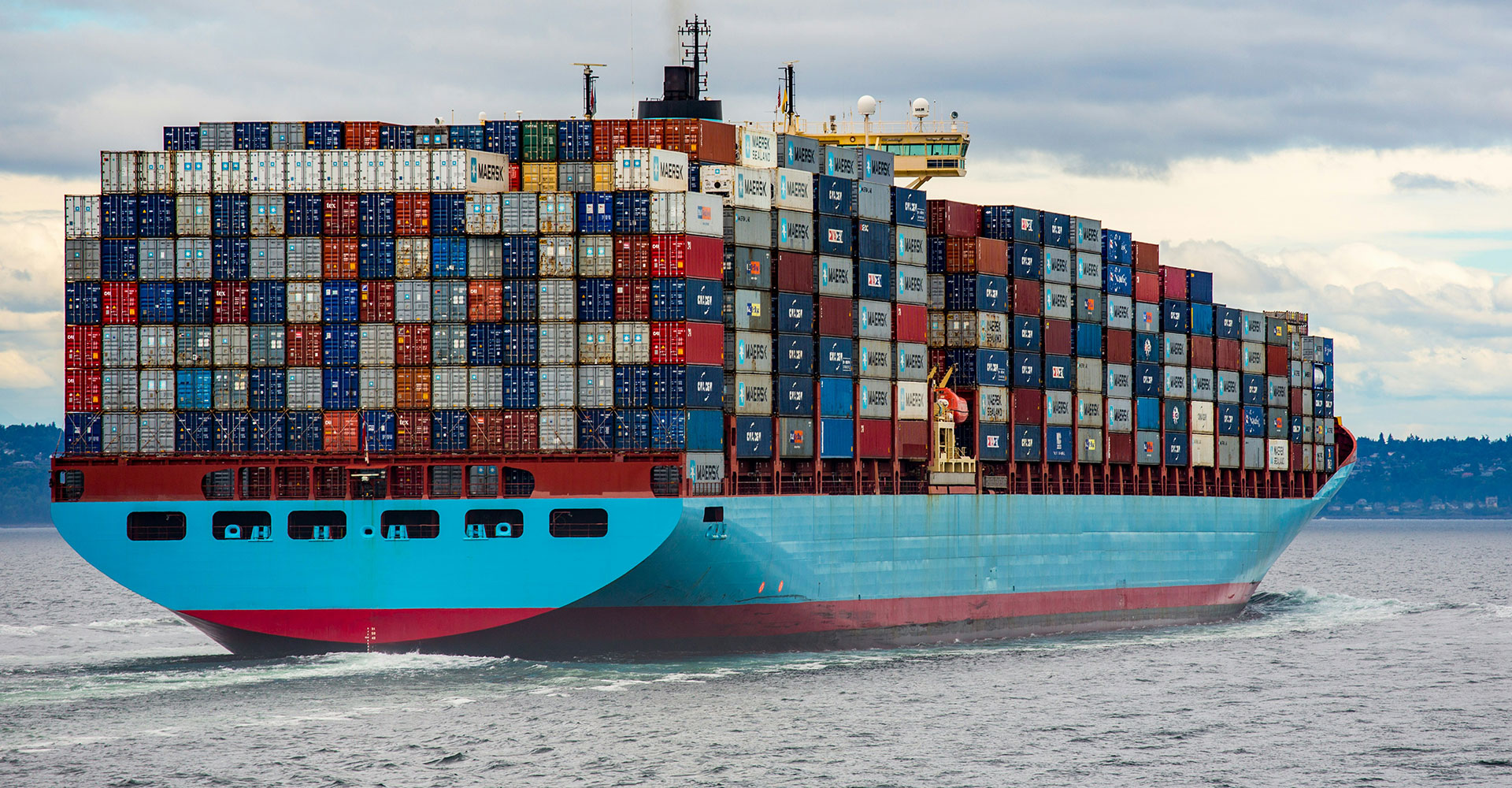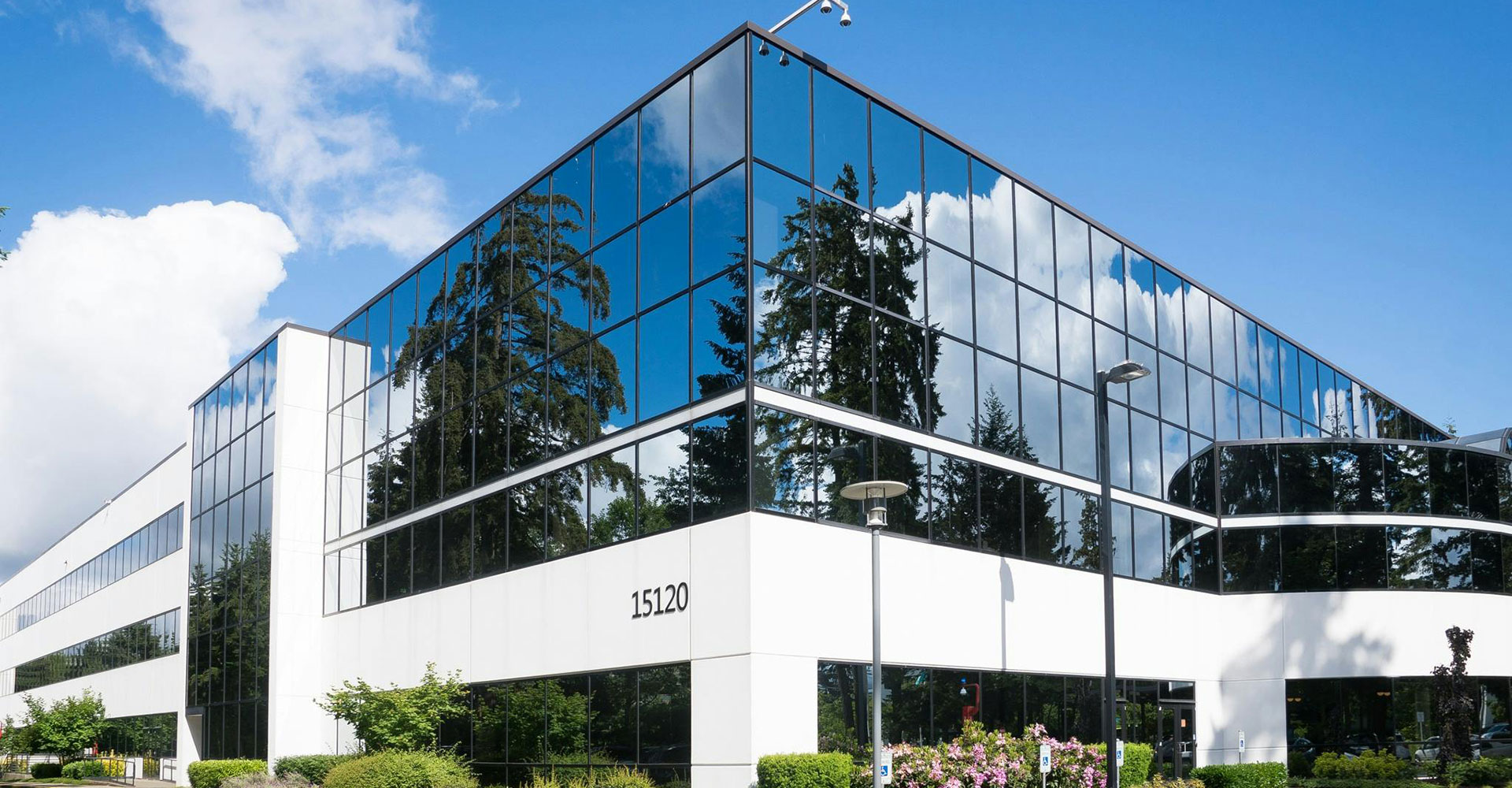New Jersey is currently experiencing a multifaceted debate about warehouse development, characterized not by a formal, statewide moratorium but by significant and growing resistance at the local and legislative levels, which is creating a de facto slowdown in new construction approvals.
This complex issue stems from a collision of economic imperatives, environmental concerns, quality-of-life considerations for residents, and the preservation of historic sites. The debate has implications for commercial real estate (CRE) professionals, the state’s logistics sector, and the broader supply chain.
The nature of the “moratorium”
While no new laws have been passed to permanently or temporarily halt new construction, gubernatorial candidate Mikie Sherrill believes a moratorium is needed. Certain groups and communities are actively protesting large-scale facilities, making it harder for developers to secure site approvals.
Assemblywoman Carol Murphy introduced a bill (A5241), which proposes prohibiting warehouse construction within 1,000 feet of historic districts, landmarks, and buildings. This bill, if passed, would directly impact 200 recognized historic buildings across NJ, including the Flemington Historic District and Downtown Paterson. While specific in its scope, it represents a tangible legislative move to curb warehouse sprawl.
Beyond legislation, local planning boards have become more resistant, lawsuits have been brought against approving projects, and there’s been a general shift in public sentiment against unchecked industrial expansion in residential or environmentally sensitive areas. This climate has led to “difficult challenges that developers face in terms of getting sites approved for development,” a stark contrast to previous periods of rapid industrial growth.
One final layer to this complex picture? The emergence of a vacancy issue, particularly in North Jersey, where new warehouses sit empty. These higher vacancy rates suggest that even as some communities resist new construction, market dynamics in other areas may indicate a temporary oversupply or a re-evaluation of demand.
Why the resistance? Understanding the driving forces
The pushback against new warehouses is driven by a confluence of environmental, health, quality of life, and historical preservation concerns.
Environmental and health impacts
The most prominent concern? The significant increase in truck traffic associated with large distribution centers. New Jersey’s existing 3,000+ warehouses generate an estimated 380,000 daily truck trips. This heavy vehicular movement increases air pollution, especially nitrogen dioxide, which is 20% higher near warehouses.
The Environmental Defense Fund (EDF) highlights the health consequences linked to these pollutants, including:
- Premature death
- Cancer
- Asthma
- COPD
- Stroke
These health issues disproportionately affect vulnerable populations like children, older people, and underrepresented communities who often live within a half-mile radius of these facilities. Dr. Janet Curie, of Princeton University, said motor vehicles are responsible for about half of urban air pollution, linking it to premature birth, low birth weight, and heart disease. Other concerns include shifts in water and soil due to large-scale development and increased stormwater runoff.
Quality of life
Residents in some communities, including Mullica Hill, Franklin Township, and Upper Freehold Township, have vocally protested warehouse proposals, citing:
- Noise pollution from constant truck and machinery activity
- Increased traffic congestion on local roads
- A general degradation of their once-quiet towns
Those who protest view the industrial character of warehouses as altering the residential fabric and charm of neighborhoods, resulting in a diminished quality of life for long-time residents.
Historic site preservation
Another growing concern? That these warehouses threaten NJ’s rich historical heritage. Murphy’s proposed legislation directly addresses this concern by shielding historic districts from the detrimental impact of warehouse development, including potential fires, security risks, and environmental effects, that could undermine the districts’ foundations.
One such example is the ongoing “battle” over a warehouse complex near the historic district of Allentown, NJ. This city borders a British encampment from the American Revolution. While the warehouse proposal was approved (and would add over 453,000 square feet of warehouse space), the Allentown borough filed a lawsuit in April 2025 to halt its construction, arguing that the new construction could create flooding near homes located about 100 feet away from the build site.
Climate change
The building and construction industry accounts for 32% of global energy consumption and 34% of CO2 emissions. Additional warehouses would generate higher carbon emissions from trucking and reduce the number of green spaces that could help with carbon sequestration and flood mitigation.
Proponents of logistics and warehouse development
Circulate New Jersey is a broad coalition dedicated to promoting the economic benefits of New Jersey’s transportation, logistics, and distribution (TLD) industries. Chaired by David Greek, managing partner of Greek Real Estate Partners, the group’s goals include “informing and educating the public on the numerous benefits of the logistics industry through hard data and specifics” and to “difuse the hostile rhetoric and misinformation that has derailed a growing number of warehouse projects in recent years.”
Supply Chain Federation is the newest member of Circulate NJ. This national organization works to “secure and strengthen America’s supply chain” and advocates against “unnecessary and shortsighted policies” hindering the movement of goods and services.
Joining Circulate NJ, the Chamber of Commerce Southern New Jersey (CCSNJ), the region’s largest business organization, advocates for equitable economic prosperity and represents the voice of the South Jersey business community in Trenton. Ray Cantor, Deputy Chief Government Affairs Officer of the New Jersey Business and Industry Association (NJBIA), says that the state’s economy requires warehouses.
Concerns for CRE professionals
For CRE professionals specializing in industrial properties, the current climate presents some challenges.
Increasing community and legislative resistance translates directly into the likelihood (or lack thereof) that developers will successfully obtain approval to develop sites. This resistance extends project timelines, increases legal costs, and introduces uncertainty into the entire development process. Developers may find themselves in protracted “battles” with local planning boards and resident groups, even for land deemed appropriate for industrial use.
Currently, warehouse vacancies in some areas of the state are at a 10-year high. Somerset County’s vacancy rate hit nearly 10% by May 2025. The total available mid-sized warehouse space reached 4 million SF. In December 2024, 13.1 million SF of warehouse space sat vacant in northern and central NJ. With a potential oversupply in some submarkets (or a miscalculation of demand), developers must assume leasing risk, which impacts their financial projections and may result in a lower ROI. Hamilton Township has nine vacant warehouses, further underscoring this concern. CRE professionals tasked with leasing these properties face a more competitive market and potentially extended vacancy periods.
With approval hurdles making it harder to execute raw land deals, developers are buying vacant warehouses or focusing on redeveloping existing industrial sites, including brownfields. While these strategies present opportunities for adaptive reuse and environmental cleanup—as highlighted by Circulate NJ’s members taking the lead in brownfield remediation—it also means fewer new ground-up construction projects, impacting land acquisition and development teams.
Some developers are also buying vacant warehouses, brand new and sitting empty, and taking on the leasing risk. This strategy may seem counterintuitive, but it highlights their willingness to assume more risk with existing inventory due to a lack of new development opportunities.
The negative perception of warehouses in many communities means that developers and CRE firms should consider investing more in community engagement, public relations, and demonstrating the positive economic impacts and environmental stewardship of their projects.
Ongoing legislative debates, including Murphy’s bill, have created an environment of policy uncertainty, too. Changes in zoning laws, environmental regulations, or setbacks from sensitive areas can significantly alter the feasibility and profitability of future projects. CRE professionals must stay abreast of these evolving regulations to advise their clients effectively.
Effects on logistics and supply chain
New Jersey’s strategic location, with its access to major ports and highways—and a dense consumer base—has historically made the state a critical hub for logistics and supply chain operations. The current development climate poses a threat to this sector in several ways.
E-commerce growth
The rise of e-commerce has significantly increased the demand for warehousing space to facilitate rapid delivery to consumers. Severely restricting new warehouse construction could hinder businesses’ ability to meet consumer expectations for quick shipping, potentially driving logistics to other states with more permissive development policies. Development slowdowns make it difficult for retailers to deliver goods within 48 hours.
Increased costs and inefficiency
A limited supply of modern, strategically located warehouse space drives up rents and operational costs for logistics companies, thereby increasing the cost of goods for consumers. When companies must locate further from population centers or transportation hubs, transit times, fuel consumption, and supply chain inefficiencies increase.
Impact on economic contribution
The logistics industry is an impressive economic engine for the state, supporting over 400,000 jobs, employing 12% of the workforce, providing over 12% of private sector wages, and contributing over $62 billion (10%) to NJ’s overall GDP. A slowdown in warehouse development, particularly if it curtails the industry’s ability to expand and modernize, could stifle this economic growth and job creation.
Competitive disadvantage
If NJ’s warehouse development policies become too restrictive, businesses might look to neighboring states or other regions for their logistics needs, which could erode the state’s competitive edge as a logistics hub and lead to lost investment and jobs. The Supply Chain Federation and Circulate NJ advocate against “unnecessary and shortsighted policies” that complicate goods delivery, emphasizing the potential for adverse effects on the supply chain and economy.
Innovation and modernization
The logistics industry requires continuous investment in modern, efficient warehouse facilities equipped with advanced technology. A challenging development environment could deter such investments, potentially leaving NJ with an aging infrastructure that’s less competitive in the evolving global supply chain.
The warehouse and logistics industry is facing significant headwinds. This complex situation necessitates balanced development policies that address the economic imperative of a robust supply chain and legitimate concerns about environmental impact, public health, quality of life, and historical preservation.
Are you a commercial real estate investor or seeking a specific property to meet your company’s needs? We invite you to talk to the professionals at CREA United, an organization of CRE professionals from over 90 firms representing all disciplines within the CRE industry, from brokers to subcontractors, financial services to security systems, interior designers to architects, movers to IT, and more.

